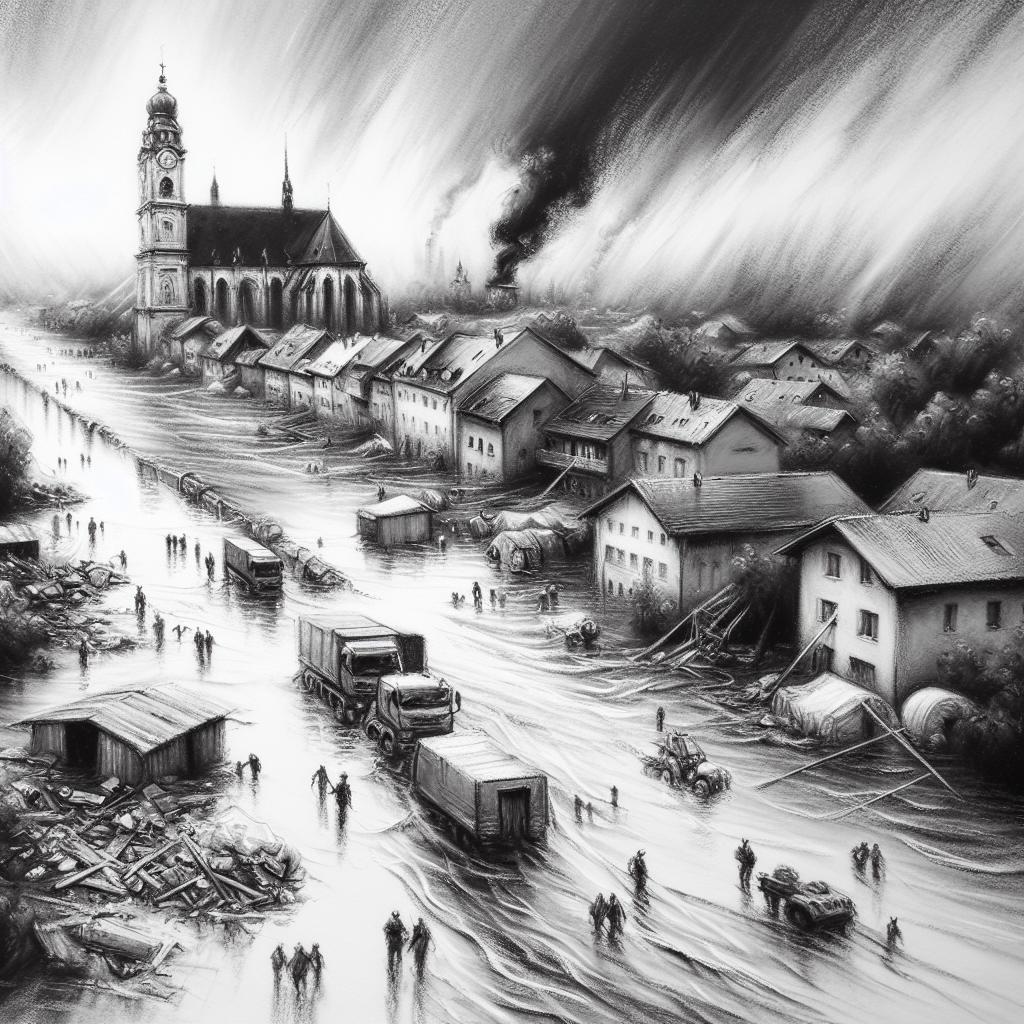Hurricane Beryl, which made landfall in Texas on Monday as a Category 1 storm, continues to leave a trail of destruction across the state, with over 1.5 million homes and businesses still without power for the third consecutive day. The storm has claimed at least 8 lives, with 7 deaths reported in Texas and 1 in Louisiana.CenterPoint Energy, the main utility provider in Houston and southern Texas, is facing intense scrutiny and criticism for its slow pace of power restoration and apparent lack of preparedness. The company has brought in 12,000 additional workers to expedite the process, but extensive damage to trees, power poles, and transmission towers has hindered progress. Some rural communities may face up to two weeks without electricity.The situation is further exacerbated by a severe heat wave, with temperatures soaring into the high 90s and triple digits. Heat advisories have been issued for central and southeast Texas, raising concerns about heat-related illnesses, especially among vulnerable populations. In response, state and local authorities have activated ‘cooling stations’ to assist those affected by the extreme heat.President Joe Biden has declared a major disaster for Texas, citing power outages and extreme heat as the main concerns. However, there are reports of delays in distributing federal aid, attributed to communication difficulties with local government. The storm’s impact extends beyond power outages, affecting critical infrastructure such as hospitals, chemical facilities, ports, and refineries.The hurricane has also caused massive flooding in Houston, with some areas receiving over 10 inches of rain in 24 hours. The estimated economic losses from the storm range from at least $1 billion to as high as $32 billion.As Beryl moves inland, it has weakened but continues to pose threats of heavy rainfall and potential flooding to cities in the northeast. Experts warn that climate change is likely to make such powerful storms more frequent in the future, emphasizing the need for investments in strengthening the resilience of power systems.
Key points
- Over 1.
- The storm has caused at least 8 deaths and widespread infrastructure damage, with economic losses estimated between $1 billion and $32 billion.
- A severe heat wave is compounding the crisis, raising concerns about heat-related illnesses.
- CenterPoint Energy faces criticism for slow power restoration, despite bringing in 12,000 additional workers.
- President Biden has declared a major disaster, but there are reports of delays in federal aid distribution.
5 million homes and businesses in Texas remain without power three days after Hurricane Beryl’s landfall.
Contradictions👾There are slight discrepancies in the reported number of customers without power, ranging from 1.
3 million to 1.
6 million.
This could be due to ongoing restoration efforts and different reporting times.



